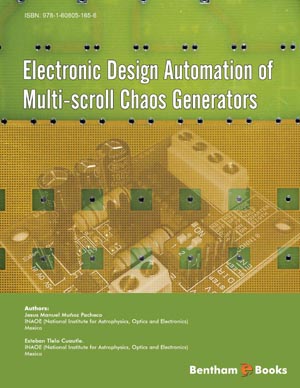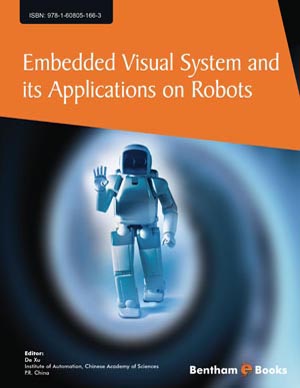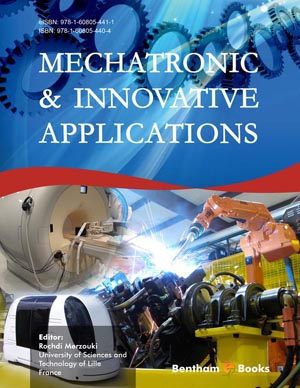Abstract
An essential part of a Reconfigurable Manufacturing System (RMS) is selfreconfigurable machines. These machines are based on self-reconfigurable mechanisms that can reshape their structures according to the desired changes. The selfreconfigurable mechanisms can be developed using the reconfigurable modeling theory [10]. This theory is used for development of reconfigurable control systems that intelligently unify reconfiguration and manage the interaction of individual machine control systems within the RMS.
In this paper, an example of 2-DOF Global Kinematic Model (2-GKM) generation and a solution is presented to demonstrate the methodology and application of the reconfigurable modeling theory. The model has combinations of either rotational and/or translational types of joints and all possible positive joint directions in 3D, which is unified using predefined reconfigurable parameters. The reconfigurable parameters are used to control the joint’s positive directions and its type (rotational and/or translational). For the symbolic calculation of the 2-GKM dynamic equations, the recursive Newton-Euler algorithm is employed using the symbolic algebra package MAPLE 12. The dynamic model is named Global Dynamic Model (2-GDM). The significance of the 2-GDM is that it automatically generates each element of the inertia matrix A, Coriolis torque matrix B, centrifugal torque matrix C, and the gravity torque vector G, using Automatic Separation Method (ASM). Instead of solving the dynamics of different kinematic structures for the 2DOF machines, the 2-GDM can be used to auto-generate the solution by only defining the reconfigurable parameters. Using 2- GDM equations, a simple example of Ttr (Translation and translational/rotational) structure was used to demonstrate the model capability. Its kinematic, dynamic and control platform solutions are generated using previously defined reconfigurable parameters. The results proved the model’s validity.
Keywords: Reconfigurable, machinery, modeling, path, analysis, manufacturing system, robot, kinematics, dynamics, control, newton-euler recursive algorithm, simulation.






